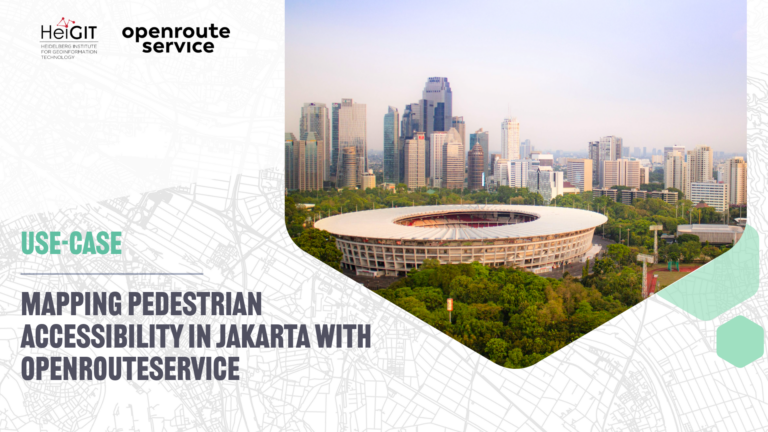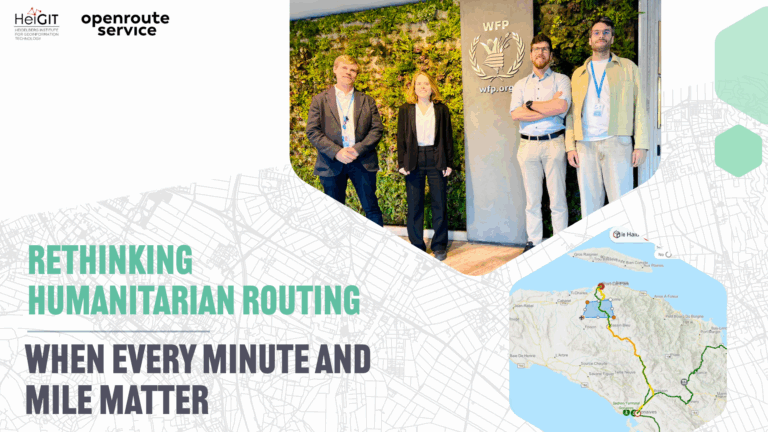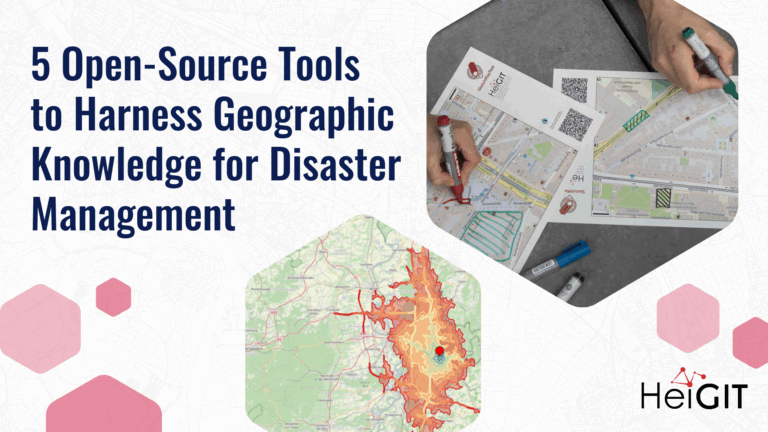The study presents a detailed analysis of walking access to key built environment assets linked to the social determinants of health. Using openrouteservice, it examines spatial inequalities in access to essential services that support health and well-being.
A recent study by the DC Office of the Chief Technology Officer explores how well residents in Washington, DC can access essential public resources by foot. It draws on the idea of the “15-minute city,” where most daily needs should be met within a short walk from home. Matt Gerken, who led the data methodology, and Kareem Ahmed, who developed the Built Environment Indicators and Health – Interactive Map Tool, use isochrones to examine spatial inequalities in access to services that support health and well-being.
The study examines pedestrian accessibility across nine categories aligned with the social determinants of health, including education, healthcare, food, transportation, and safety. Using over 40 unique metrics, the analysis quantifies the proportion of each census tract that lies within walking distance of key facilities, offering a detailed picture of urban walkability at the neighborhood scale.
Method and role of openrouteservice
openrouteservice provided the foundation for the isochrone analysis. Its ability to compute walking access areas from thousands of locations made it well-suited for a city-scale study. The isochrones were generated using the openrouteservice API (ORS), which calculates walking catchment areas around public assets such as libraries, transit stops, parks, and grocery stores.
The workflow, implemented in R, involves:
- Generating isochrones (e.g., 5-, 10-, and 15-minute walking zones) around each asset using ORS;
- Overlaying these isochrones with census tract boundaries to compute the share of each tract’s area that is walk-accessible to specific services;
- Visualizing the results through maps, histograms, and correlation analyses.
This spatial overlay makes it possible to compare access levels across the city and identify patterns of disparity. For example, choropleth maps reveal which neighborhoods have high versus low access to particular services, while statistical analyses highlight correlations between different types of access (e.g., schools and public Wi-Fi).

Conclusion
The analysis shows that while many DC neighborhoods have strong pedestrian access to institutions like schools and libraries, access to other assets such as affordable housing and fresh food is unevenly distributed. The District is striving to improve access including with its 36,000 by 2025 housing goals and a resolution recently passed by DC Council at the request of Mayor Bowser to expand the reach of the Supermarket Tax Incentive Program.
The tool provides a starting point for residents, policymakers, and advocates in exploring how the built environment might influence health outcomes in the District of Columbia. Using the methodology outlined in the original study, this approach can be applied to other cities to assess their own patterns of accessibility and to identify spatial disparities in access to essential services.
Resources:
Isochrones in Action: Measuring City Walkability Using R
Built Environment Indicators and Health – Interactive Map Tool
Data Methodology for the DC Built Environment Indicators and Interactive Map Tool





